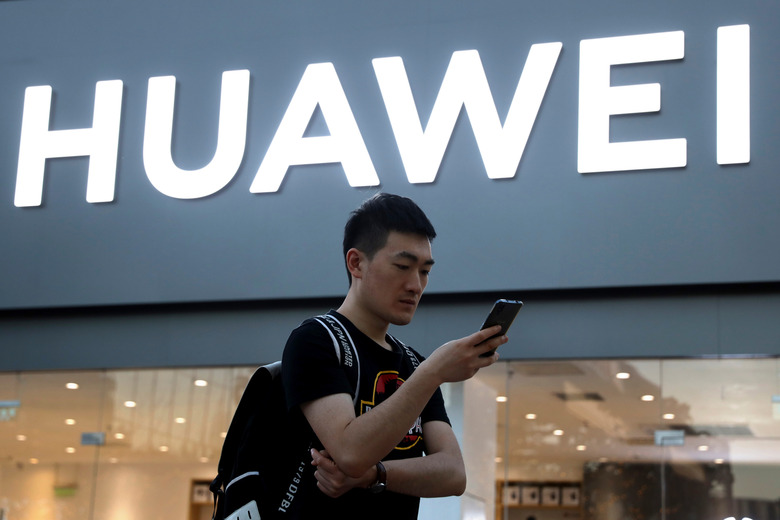Huawei Just Unveiled HarmonyOS, Which Sounds A Lot Like The OS Google Is Building To Replace Android
We've been talking about Huawei's Android alternative for quite a while now, and the Chinese company has finally unveiled it. It's called HongmengOS in China, which translates to HarmonyOS for the rest of the world. It's unclear whether the OS is coming to phones first. But in the future, it'll be deployed across a bunch of other smart devices that can benefit from advanced operating systems that can run apps — think smartwatches, smart cars, and other gadgets. And if it wasn't already clear, Harmony OS sounds a lot like Fuchsia, the operating system Google is developing to one day replace Android. Fuchsia is also supposed to work on a large variety of devices, not just smartphones.
HarmonyOS was unveiled at the Huawei Developer Conference on Friday, the company said in a press release, but it's unclear whether it uses any of Google's Android. From the comments made by Huawei CEO Richard Yu, the OS is different than what's available out there:
HarmonyOS is completely different from Android and iOS. It is a microkernel-based, distributed OS that delivers a smooth experience across all scenarios. It has trustworthy and secure architecture, and it supports seamless collaboration across devices. You can develop your apps once, then flexibly deploy them across a range of different devices.
HarmonyOS 1.0 will be used in smart screen products at first — which might be a euphemism for phones — which will launch later this year. In the coming three years, the OS will be optimized for wearables, Huawei Vision and heads up displays in cars.
A modularized #HarmonyOS can be nested to adapt flexibly to any device to create a seamless cross-device experience. Developed via the distributed capability kit, it builds the foundation of a shared developer ecosystem #HDC2019 pic.twitter.com/2TD9cgtdG8
— Huawei Mobile (@HuaweiMobile) August 9, 2019
While HarmonyOS has little chance of success in international markets where Google's Android is king, it's a different story in China. That's probably why HarmonyOS will be deployed in Huawei's home country before expanding to other regions of the world.
Huawei does reveal the main problem with its OS, apps availability. To encourage developers to bring their apps to HarmonyOS, Huawei will release it as an open-source platform worldwide, alongside an open-source foundation and community to support the project.
Like Google's Fuchsia, HarmonyOS is supposed to let developers develop one app, which can then run on all Harmony OS devices. The company explained that its OS will be even faster than competing platforms, reducing the response latency of apps by 25.7%. Similarly, the microkernel will make Inter-Process Communication (IPC) five times more efficient than other systems.
In addition to low-latency, HarmonyOS is also supposed to be secure and trustworthy. That's a term Huawei uses in the press release to address security, but there's no explicit mention of HarmonyOS encryption anywhere in it. The company does say that the risk of attacks is significantly reduced as the microkernel has just one-thousandth the amount of Linux kernel.
The Mate 30 Pro is Huawei's next flagship smartphone and the best candidate to run HarmonyOS out of the box in China. We'll have to wait until October to see whether Huawei does make its Android replacement available to consumers.
